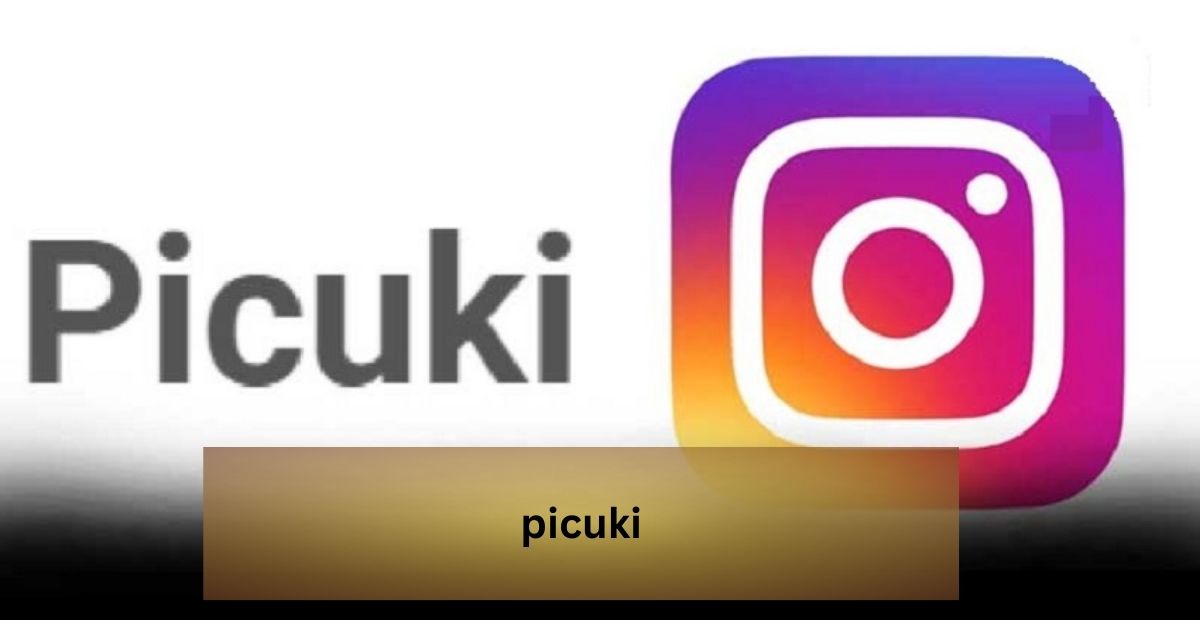In an era where cleanliness and maintenance of surfaces are pivotal to both aesthetics and hygiene, scientific advancements have played a crucial role in developing solutions that keep surfaces pristine.
From homes to high-tech industries, the need for keeping surfaces clean has led to innovations that not only repel dirt and fingerprints but also enhance the functionality and longevity of various materials.
This comprehensive exploration delves into the fascinating science behind keeping surfaces clean and the technologies that make it possible.
The Importance of Clean Surfaces
Clean surfaces are not just about visual appeal; they are essential for maintaining hygiene, reducing wear and tear, and improving the usability of devices and fixtures. In environments like hospitals and kitchens, cleanliness can be synonymous with safety, making effective surface treatments a high priority.
Challenges in Surface Maintenance
Keeping surfaces clean can be challenging due to:
- Natural oil from human skin
- Environmental pollutants
- Microbial growth
- Chemical exposure
These factors can degrade materials and create a need for frequent maintenance, driving the demand for more sophisticated cleaning solutions.
Advancements in Surface Cleaning Technology
The quest to keep surfaces clean has led to the development of various advanced materials and coatings designed to repel dirt, oil, and other contaminants.
Introduction of Nano-Coating Technology
One of the most significant advancements in this field is nano-coating technology. This innovative approach involves applying a nanometric thin layer that can protect surfaces from various stains and residues, including fingerprints. Nano-coatings work at a molecular level to provide a barrier that is incredibly effective yet virtually invisible, making them ideal for applications where both cleanliness and clarity are paramount.
How Nano-Coatings Work
Nano-coatings typically function by creating a hydrophobic (water-repellent) and oleophobic (oil-repellent) surface, which prevents substances from adhering to it. These properties ensure that water, oils, and other contaminants either roll off the surface or are easily wiped away without the need for harsh chemicals or scrubbing.
Applications of Clean Surface Technologies
The versatility of clean surface technologies like nano-coatings allows for their use across various industries, each benefiting from the unique properties these treatments offer.
Consumer Electronics
In the realm of consumer electronics, maintaining clean screens on devices such as smartphones, tablets, and computer monitors is crucial for functionality and visibility. Nano-coatings help prevent smudges and fingerprints, which can obscure screens and degrade the user experience.
Automotive Industry
For the automotive industry, nano-coatings are used on windshields, mirrors, and bodywork to repel water, mud, and road grime, thereby enhancing visibility and reducing the frequency of cleaning and maintenance.
Medical Facilities
In medical facilities, where hygiene is critical, nano-coatings can significantly reduce the risk of surface contamination and the spread of pathogens, thus contributing to safer environments for both patients and healthcare providers.
Benefits of Modern Surface Treatments
Implementing advanced surface treatments like nano-coatings offers several benefits that go beyond just keeping surfaces clean.
Enhanced Durability
By protecting surfaces from abrasive agents and chemical corrosion, coatings can extend the life of materials, reducing the need for replacements and repairs.
Eco-Friendly Cleaning
Reduced reliance on chemical cleaners is another significant benefit, as most nano-coated surfaces require only water and a mild detergent to clean, thus minimizing the environmental impact of harsh cleaning agents.
Aesthetic Preservation
These technologies help maintain the original look and feel of materials by preventing unsightly stains and damage, thereby preserving the aesthetic integrity of surfaces over time.
Choosing the Right Surface Protection
When considering surface protection technologies, several factors need to be taken into account to ensure the selection of the most appropriate solution.
Surface Material
Different materials will react differently to coatings depending on their porosity and texture. It’s crucial to choose a coating that is compatible with the material to ensure proper adhesion and functionality.
Usage Conditions
The environmental conditions to which the surface will be exposed (e.g., UV exposure, temperature extremes, mechanical wear) should guide the choice of coating. Some coatings are specifically designed to withstand harsh conditions and can be more suitable for outdoor applications.
Cost-Effectiveness
While advanced coatings can be more expensive upfront, their long-term benefits in reducing maintenance costs and extending the lifespan of a product often justify the investment.
Future Trends in Surface Cleaning Technologies
The future of surface cleaning technologies looks promising, with ongoing research focused on developing even more advanced coatings that could self-heal, change colors, or dynamically respond to environmental changes.
A Cleaner Tomorrow
The science of keeping surfaces clean is continually evolving, driven by advancements that offer practical solutions to real-world problems. From nano-coating technology to future innovations that we can only begin to imagine, the journey towards cleaner, more durable, and more functional surfaces is shaping a brighter, cleaner future for everyone. Whether it’s in a high-tech gadget, a family car, or a hospital room, these technologies are setting new standards in cleanliness and maintenance, making our surroundings safer, cleaner, and more enjoyable to live, work, and play in.



